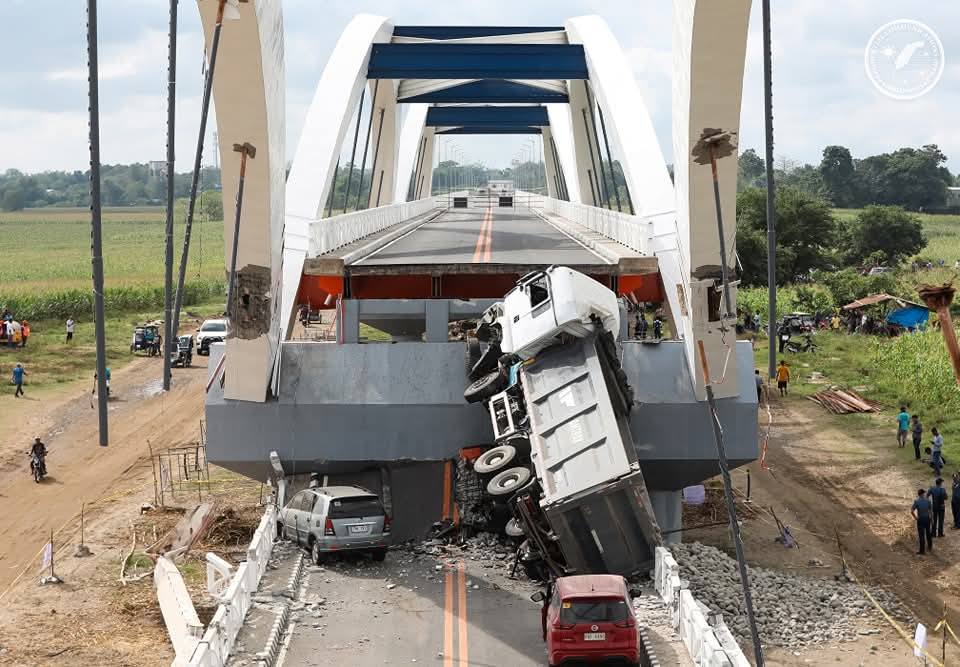Following the collapse of the Cabagan-Santa Maria Bridge in Isabela, which President Ferdinand Marcos Jr. attributed to cost cuts resulting in a “flawed” design, a Malacañang official on Thursday proposed that the government conduct inspections on bridges constructed during the Duterte administration.
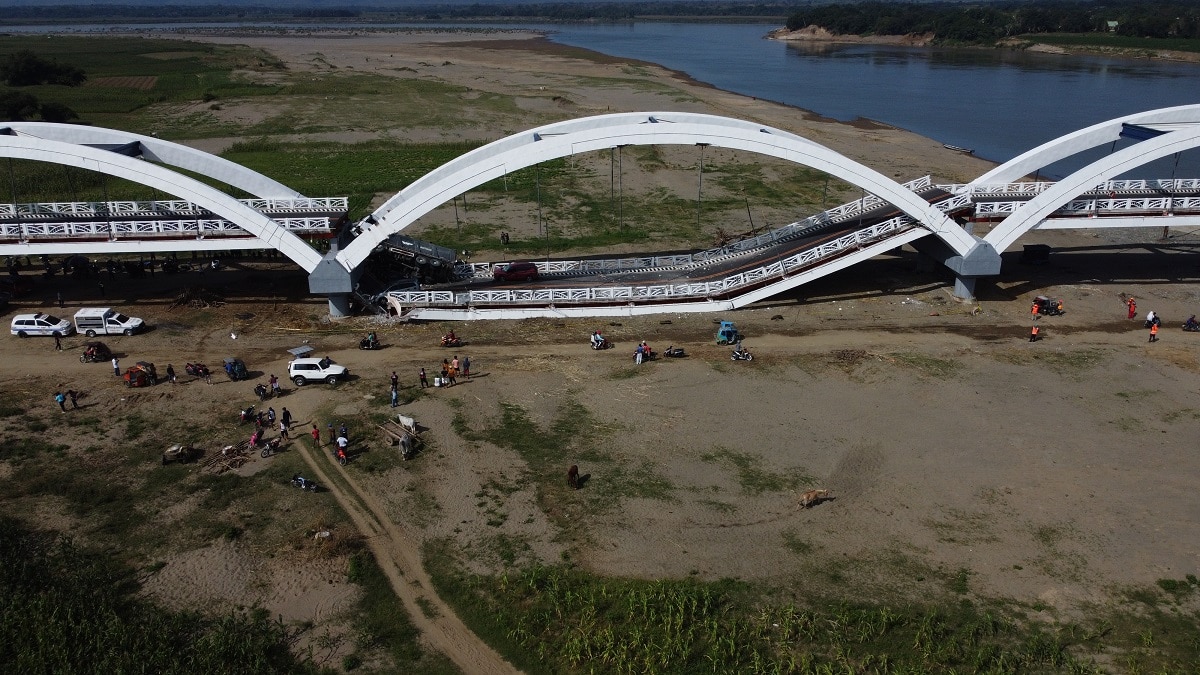
Presidential Communications Office Undersecretary Claire Castro, the Palace press officer, suggested that such an inspection would help determine if other bridges, like the Cabagan-Santa Maria Bridge, were “under-designed.” The bridge, which collapsed last week, left eight people injured and caused damage to several vehicles.
“It’s a good suggestion — and the administration will likely follow through — that we inspect all of the bridges, especially those built during the administration of former President [Rodrigo] Duterte, with the help of the DPWH (Department of Public Works and Highways) and local government units,” Castro said. “We don’t know if these bridges were also under-designed, so it’s essential that all of them be inspected.”
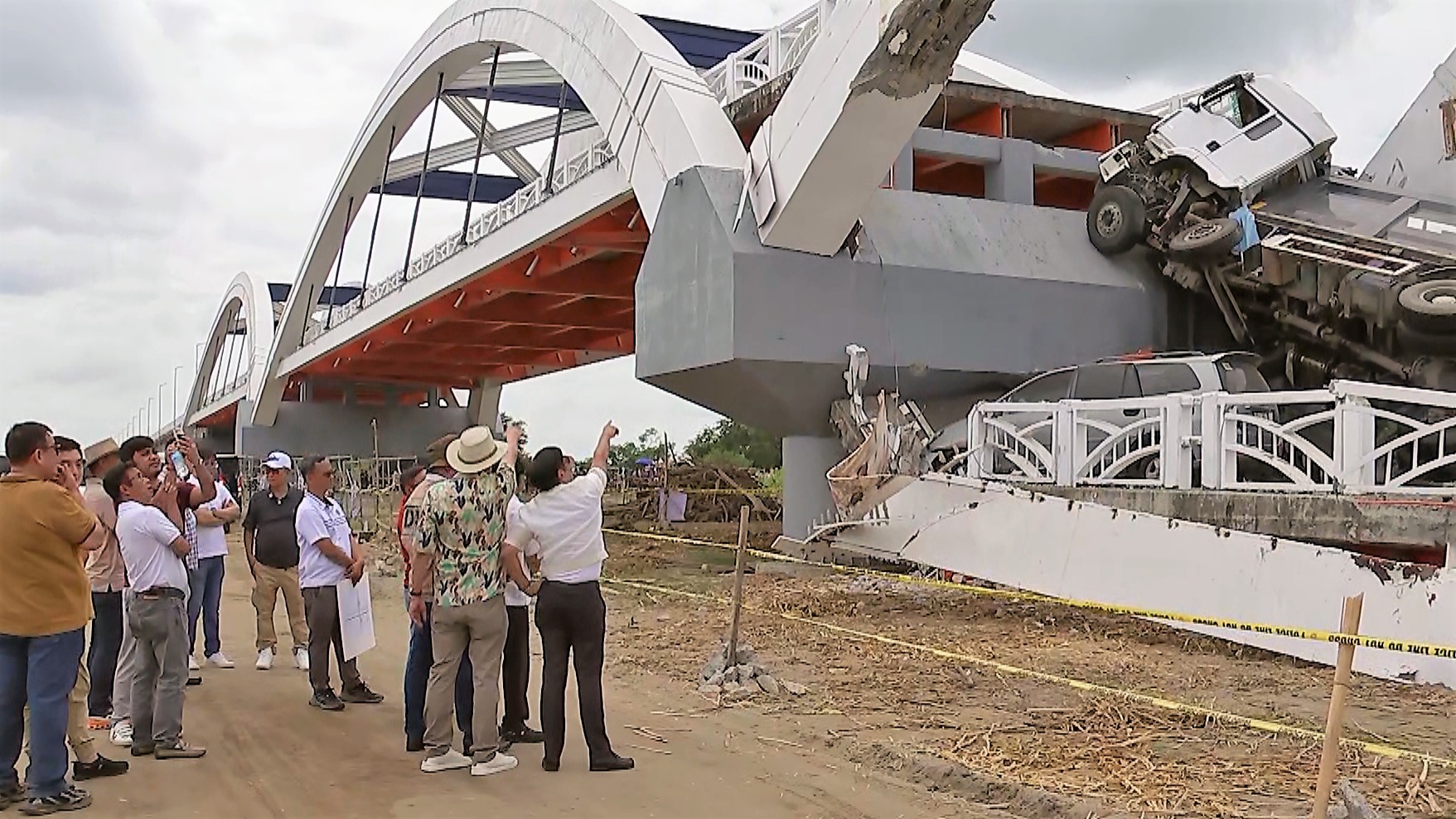
Castro made these remarks during a press briefing after President Marcos visited the collapsed bridge site and was briefed on the incident by Public Works Secretary Manuel Bonoan.
President Marcos attributed the bridge’s collapse to both design flaws and overloading. He explained that the project had been budgeted at PhP1.8 billion, but the cost was reduced to under PhP1 billion, resulting in a “poor” design.
“The cause of this is a design flaw. The design was wrong,” he said. “The original budget was P1.8 billion, but it was cut for cost-saving reasons, and when the design was finalized, it was really weak.”
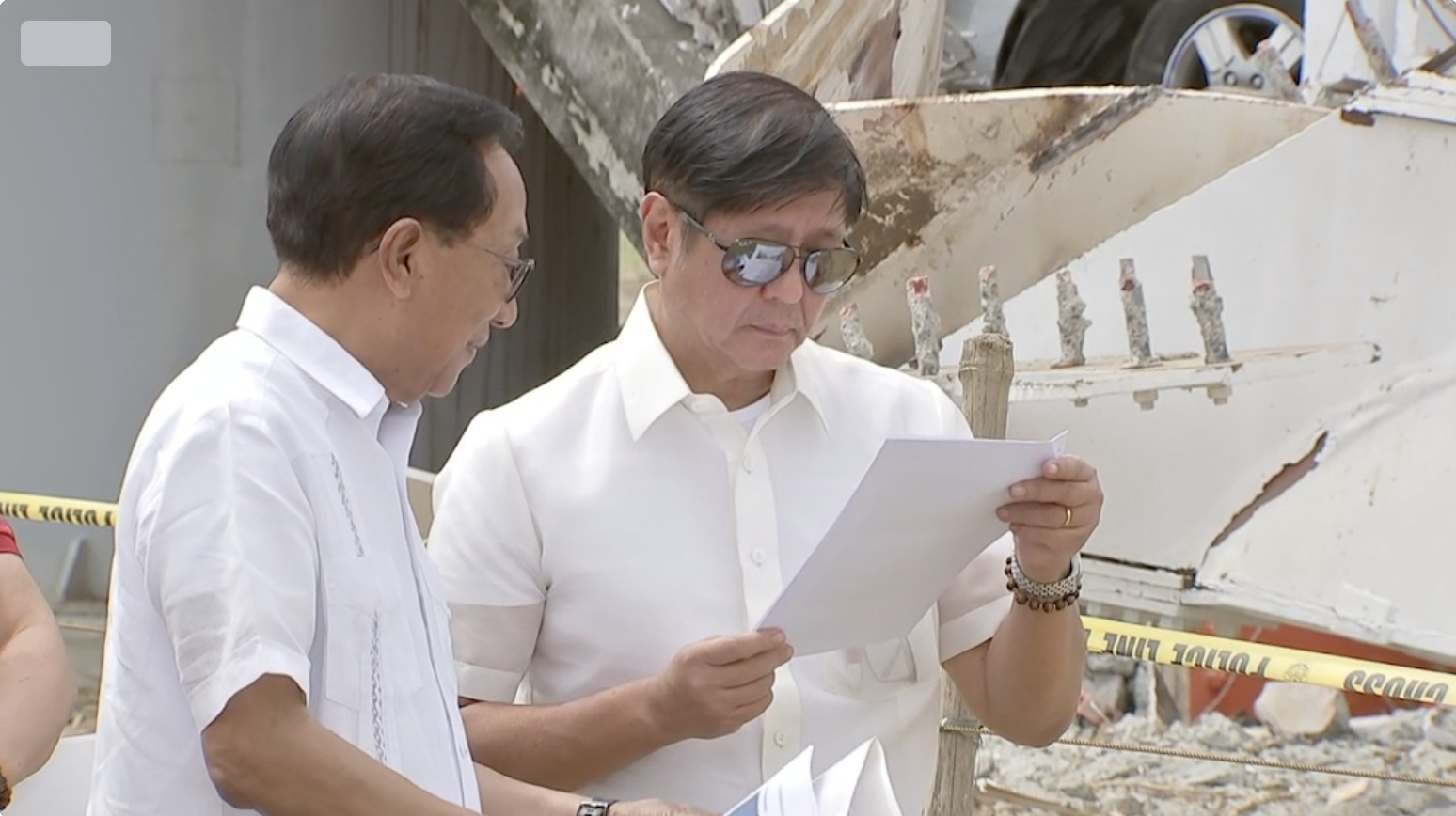
The President also noted that the bridge, which was supposed to be a suspension bridge, lacked the necessary cables to support its structure. “This is the only suspension bridge in the world that I’ve seen that doesn’t have cables. As you can see, the steel gave way. If they had used cables, it wouldn’t have collapsed,” he explained.
In addition to the design flaws, overloading contributed to the disaster. The bridge was designed to support a maximum load of 44 tons, but three trucks carrying rocks, totaling 100 tons, attempted to cross. The first truck managed to pass, but the bridge section over a dry riverbed collapsed under the second truck.
“Those trucks should never have been on the bridge. So, who’s responsible for that?” Marcos asked, emphasizing the importance of monitoring load capacities and ensuring compliance with weight limits.
The bridge’s original cost was PhP900 million, but after retrofitting, the total cost increased to PhP1.2 billion. Marcos lamented that the retrofitting now meant starting from scratch, “We will spend a lot again. We will replace the support of the bridge, but it’s like constructing a new one.”

When asked about accountability, the President said he wanted to address the immediate problem first, but vowed to investigate and find the responsible parties. “We will find out who is responsible. The people responsible are the ones who made the design because it was poor. And those trucks should never have been on the bridge,” he stated.
Castro also explained that the bridge’s construction spanned three administrations, beginning with President Benigno Aquino III, but most of the work was completed during the Duterte administration and retrofitted under Marcos. She noted that initial investigations suggested the bridge suffered from “under-design,” a term in engineering meaning that the structure lacked the strength or capacity to meet expected demands.
“The investigation will look into why the bridge was completed despite the flawed design. We will find out why it proceeded during the previous administration, even though the design was poor, and why it was labeled as part of the Duterte legacy,” Castro said.
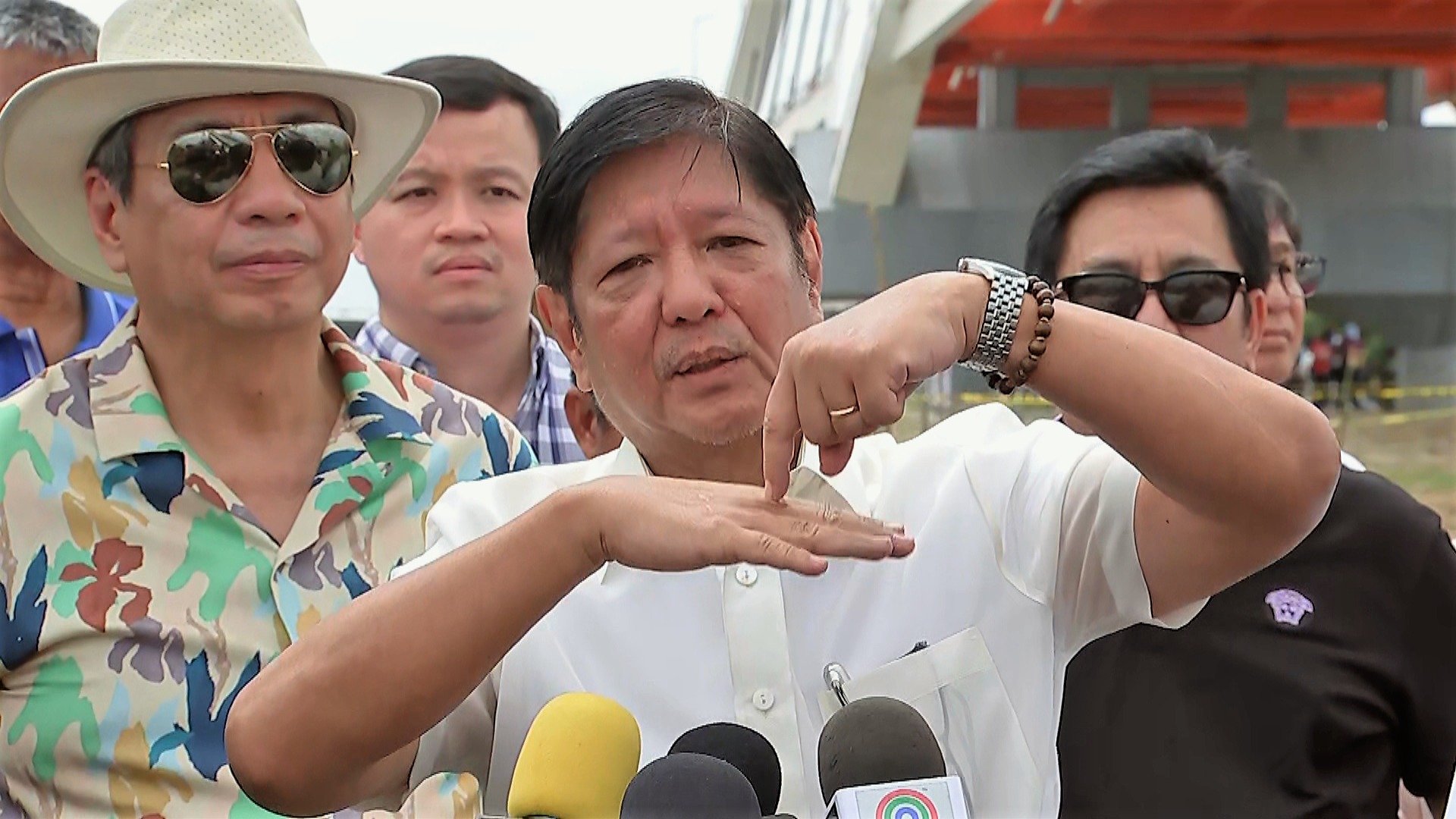
She further added that the investigation would also explore potential financial wrongdoing, “There will also be an investigation into whether anyone profited from this project, not once, but multiple times. The President will ensure we uncover all of this through the investigation.”
The incident has drawn attention from lawmakers, with members of the Makabayan bloc calling for a congressional inquiry. House Deputy Minority Leader France Castro, House Assistant Minority Leader Arlene Brosas, and Kabataan Rep. Raoul Manuel filed House Resolution No. 2249, urging an investigation to identify those responsible and determine whether corruption or negligence played a role.
“Allegations of corruption, inadequate inspections, substandard materials, and possible collusion between contractors and government officials have emerged. The DPWH has long been perceived as an agency plagued with corruption, as evidenced by multiple cases of infrastructure failures across the country,” the resolution stated.
